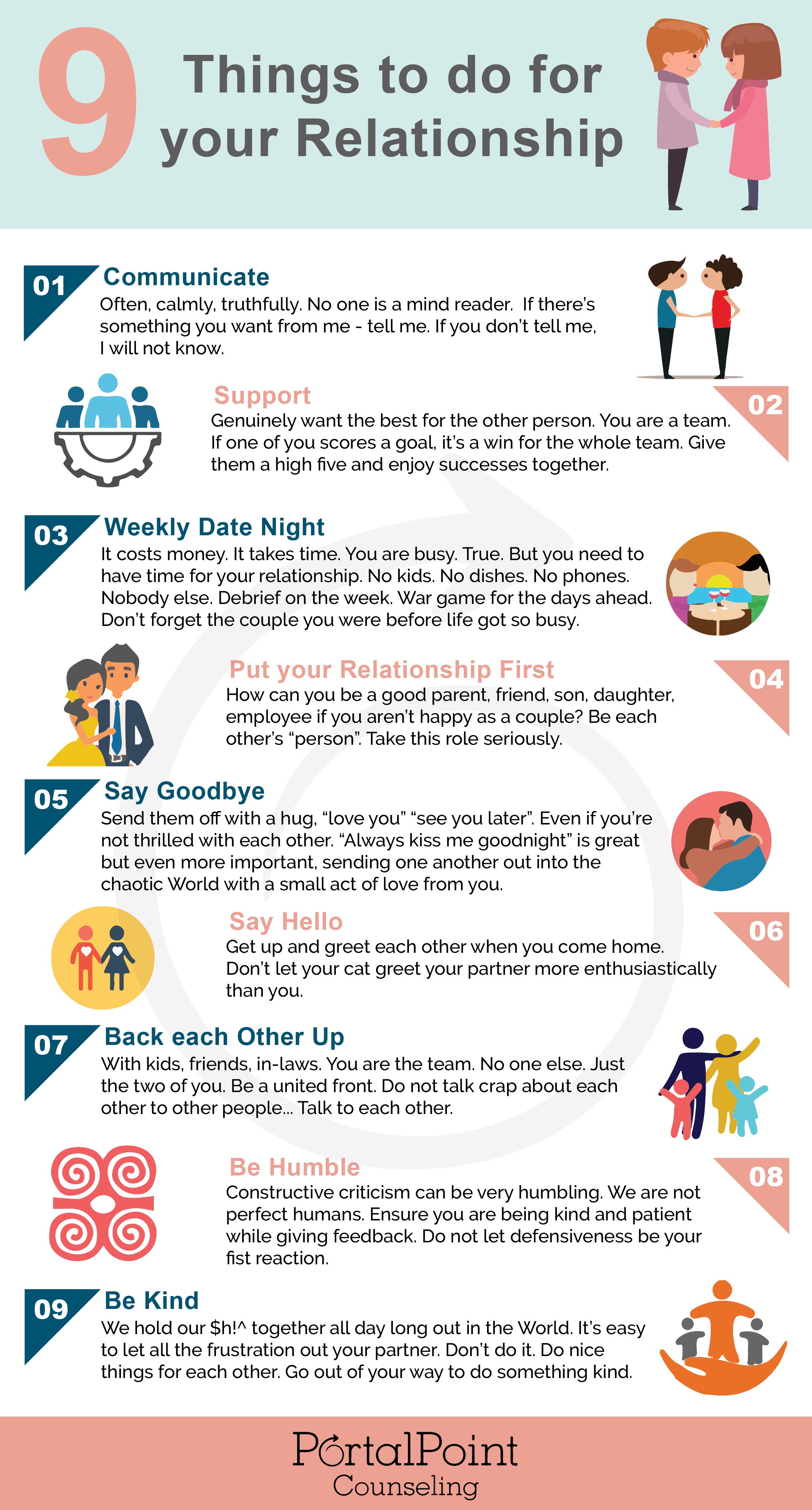Some Known Questions About Aim Point Counseling.
Some Known Questions About Aim Point Counseling.
Blog Article
Not known Facts About Aim Point Counseling
Table of ContentsSome Known Details About Aim Point Counseling Facts About Aim Point Counseling RevealedThe Best Strategy To Use For Aim Point CounselingThe Main Principles Of Aim Point Counseling The Basic Principles Of Aim Point Counseling Aim Point Counseling Fundamentals Explained
The longitudinal design entails a pre-treatment survey and 2 follow-up studies at 3- and 12-months post-intervention. The research study is established in eight Relationships Australia Victoria centres, throughout urbane, outer suburban areas, and regional/rural sites. Relationships Australia, a non-government organisation, is the largest company of couple counselling and connection services in Australia.
These high rates of connection malfunction have been consistently connected with adverse wellness repercussions for both adults and youngsters adhering to divorce/separation.
The Single Strategy To Use For Aim Point Counseling
The results of divorce and splitting up can be harmful, research suggests that high connection disharmony in intact pairs is likewise likely to have unfavorable outcomes.
Research to date has identified both couple and individual factors that might add to partnership discord. These consist of partnership satisfaction and commitment at the couple level, and depression at the individual level.
Not known Factual Statements About Aim Point Counseling
Connection fulfillment has actually been the most common result variable recognized in even more than 200 examinations of couple counselling [11,12] Researches have actually discovered considerable renovations in connection contentment from pre- to post-treatment [13,14] and throughout one to 2 years complying with counselling [15] In these research studies, relationship satisfaction was most regularly evaluated using the Dyadic Change Scale (DAS) [16] While the majority of research studies suggest enhancements in partnership complete satisfaction complying with pair coaching, they are limited by the samples and steps utilized, greatly short-term follow-up time frameworks, and analyses that do not account for the dyadic nature of pair information., is an additional typically explored relationship result.
To sum up, research study shows that couple-specific variables along with specific aspects may forecast the results of pair coaching and partnership services. The causal instructions of these relationships, nonetheless, is much less clear. These observations are essential, considering that, to warrant and guide the application of relationship services such as pair coaching, empirical proof should check out both the outcomes of relationship solutions and the variables that forecast effective therapy.
As a result, there is an expanding consensus that efficacy research studies must be matched by effectiveness research to best educate professional method [ 29] The minimal effectiveness study that exists to day suggests that pair therapy can improve end results such as relationship fulfillment [33,43], communication abilities and general health [44], at the very least in some European nations.

We currently recognize little concerning the profiles of pairs who choose relationship education and learning why not try here compared to those who look for relationship therapy, or the end results of these programs. Unscientific proof suggests that there may be substantial distress amongst at least some pairs looking for partnership education and learning. Connection education and learning programs differ from couple therapy as they are generally extremely structured, performed in groups, and focus on a combination of 4 parts; awareness, comments, cognitive adjustment, and abilities training [45]
Unknown Facts About Aim Point Counseling
Responses involves participants finishing questionnaires regarding their partnership (e.g. steps of social issues), and obtaining info on what their ratings show. Cognitive-behavioural approaches advertise altering cognitions to facilitate positive connections.
These meta-analyses highlight restrictions in the existing literature on relationship education and learning. This example profile might not stand for clients who commonly offer for connection education.
7 Simple Techniques For Aim Point Counseling
:max_bytes(150000):strip_icc()/couplescounseling-a16d0f99b91f4c56979d5f67f673b936.jpg)
Extremely little research has examined the relative benefits of pair coaching and connection education programs. As clients are likely to self-select into these service types, it is unclear whether characteristic relationship distress accounts existing to each solution type, or indeed whether there is an interaction in between presenting account, solution type and end result.
(https://soundcloud.com/aim-point-counseling)
Therefore, we have consisted of a 12-month follow-up to assess longer-term trends and results.
Consequently, we recommend to use multi-level analytical modelling procedures that regulate for the inter-dependence of couple data to assess any kind of therapy results. The details objectives of the ECC research are to: 1. Map profiles of customers seeking area agency-based couple therapy vs. relationship improvement programs in terms of socio-demographic and connection indicators (such as partnership fulfillment, partnership commitment, social problems, and reasons for participating in), as well as wellness (such as depression, general well-being) and health and wellness service usage (eg.
2. Identify whether pair therapy and relationship education and learning services enhance 3- and twelve-month outcomes for relationship contentment, commitment, and anxiety, utilizing analytical evaluations suitable to combine information. 3. Determine the family member payments of client variables (individual and couple) and therapy/education variables to outcomes at 3- and 12-months, and to sustainability of results gradually.
Aim Point Counseling Things To Know Before You Get This
Multi-level modelling to determine pre-post distinctions, managing for dyadic (couple) degree. To add to the literature analyzing the performance of community-based couple therapy. The results will certainly help clinical decision-making in community-based relationship service settings, and expert training. 3. To determine the relative contributions of client/couple and therapy factors to outcomes at 3- and 12-months, and to sustainability of end results over time.
Report this page